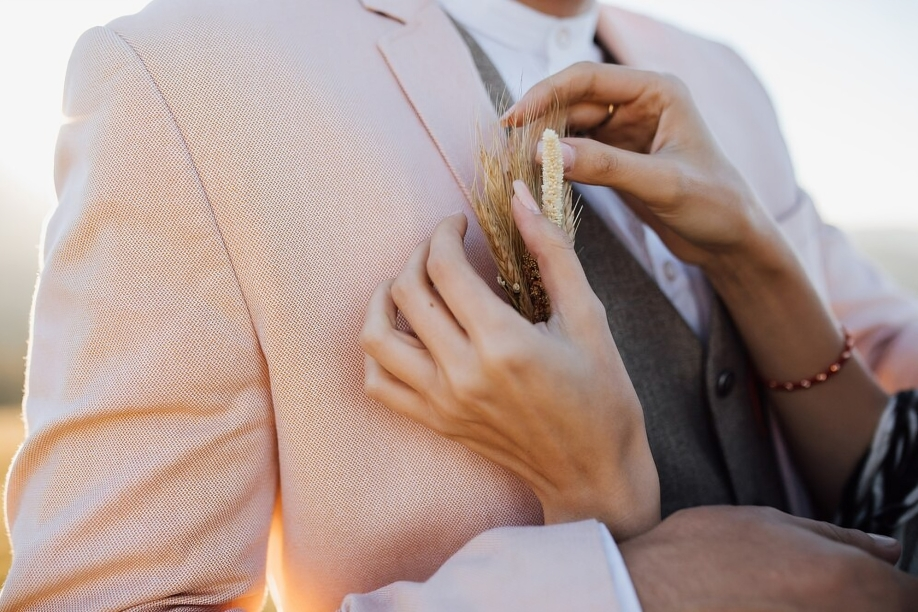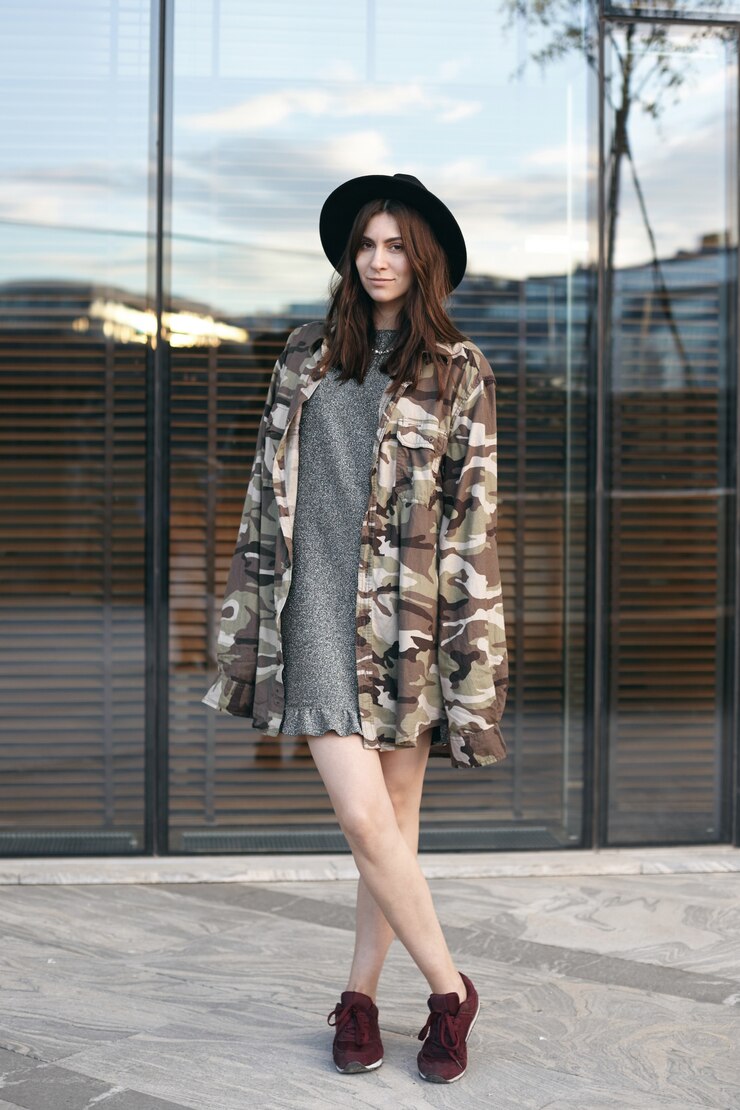Table of Contents
ToggleIntroduction
The corsage, a small bouquet often worn on the wrist or pinned to clothing, holds deep symbolic meaning. Traditionally gifted during significant events, the corsage represents elegance, love, and celebration. In creative writing, exploring the beauty and symbolism of the corsage allows writers to delve into themes of romance, tradition, and self-expression. This article provides an in-depth look at how corsages inspire creative writing, exploring their historical roots, cultural significance, and modern adaptations. Through this journey, we uncover how corsages add depth to stories, enriching both character and setting.
1. The History and Evolution of Corsages
Corsages have a long-standing history, dating back to ancient civilizations where flowers carried powerful symbolic meanings. Traditionally, corsages were given to signify affection and protection, believed to ward off evil spirits. In ancient Greece and Rome, wearing flowers on special occasions was seen as a gesture of honor and respect.
As centuries passed, corsages became popular among European aristocrats who used them to convey subtle messages of love and admiration. The Victorian era intensified this trend, as people began attaching symbolic meanings to different flower types and colors. By the 19th century, corsages were customary accessories for young women at formal dances, signaling grace and beauty.
Transitioning to modern times, corsages remain a staple in weddings, proms, and various celebrations. However, their purpose has shifted from superstition to personal expression. Today, the corsage celebrates individuality, often crafted to reflect the wearer’s style, personality, or preferences.
2. Corsages in Modern Creative Writing
Incorporating corsages into creative writing can add layers of meaning to a story’s characters or setting. Writers use these small floral arrangements to emphasize a character’s emotions, showcase cultural elements, or add romantic or nostalgic flair. Whether pinned delicately on a dress or tied around the wrist, the corsage speaks volumes.
For example, a character receiving a corsage at a prom or wedding evokes joy, youth, and elegance. This seemingly simple accessory can also represent transformation, symbolizing the transition from adolescence to adulthood. Including corsages in fiction provides visual cues that enhance mood, enrich character dynamics, and connect readers to cultural traditions.
To effectively use corsages in writing, consider the symbolic meanings tied to the flowers, colors, and designs. Through careful selection, writers can craft corsages that reflect deeper themes, adding emotional resonance to their stories.
3. Symbolism of Flowers in Corsages
Corsages often feature specific flowers chosen for their symbolic meanings, adding significance to their inclusion in narratives. Roses, lilies, and orchids, for example, are common in corsages due to their timeless beauty and distinct symbolism.
- Roses symbolize love and passion, making them popular choices for romantic occasions. Red roses, in particular, convey intense affection, while white roses represent purity and innocence.
- Lilies symbolize elegance and devotion, often chosen for events like weddings where these themes are central. White lilies, specifically, add a touch of sophistication and solemnity, fitting for characters embodying grace.
- Orchids symbolize luxury, beauty, and strength, frequently used in corsages worn by bold, confident characters who embrace individuality.
Writers should carefully consider each flower’s meaning to align with the narrative’s themes and character traits. By incorporating the symbolism of flowers, the corsage becomes more than just an accessory—it transforms into a storytelling device.
4. Designing the Corsage: Crafting Character Depth
Designing a corsage for a character involves choosing not only the flowers but also the style and arrangement. Different corsage designs evoke distinct personalities and preferences, allowing writers to enhance character depth. A simple, minimalist corsage may suit a modest character, while a vibrant, exotic arrangement could reflect a free-spirited individual.
Consider the following design elements in your writing to bring a corsage to life:
- Color scheme: Colors can symbolize emotions or states of mind. For instance, soft pastel colors might indicate innocence or nostalgia, while bold hues show confidence and passion.
- Arrangement: Symmetrical arrangements convey order and tradition, while asymmetrical designs suggest creativity and unconventional thinking.
- Materials: Using ribbons, lace, or jewels in the corsage adds flair and personality, showing that the wearer values detail.
These design aspects contribute to the characterization process, allowing readers to infer traits, motivations, and histories without explicit descriptions. The corsage becomes an extension of the character, a small detail that speaks volumes about their identity.
5. Corsages as Symbols of Milestones and Memories
Corsages hold unique significance during major life events, symbolizing milestones and cherished memories. From proms to weddings, the corsage often represents a specific moment in time, one filled with emotion and meaning.
In creative writing, a corsage can evoke nostalgia or emotional transformation, allowing readers to connect with a character’s past. For instance, a character keeping a corsage from a past relationship may reveal a lingering sentiment or memory, subtly showing how past experiences shape present emotions.
Using corsages as markers of memory or personal growth enables writers to explore complex themes of love, loss, and resilience. This approach allows the corsage to serve as a tangible reminder of moments that define the character’s journey, adding depth to the narrative.
6. Corsages as Symbols of Social Connections
Corsages are often exchanged between individuals as tokens of appreciation, admiration, or romantic interest. By incorporating corsages in stories, writers can depict social connections, showing how these floral arrangements strengthen relationships or initiate bonds.
In a romantic context, a corsage given before a dance or celebration expresses affection, establishing a connection between characters. Alternatively, presenting a corsage to a family member or friend can signify support and appreciation, symbolizing an enduring bond.
This social aspect of corsages gives writers a unique way to illustrate the dynamics between characters. By using corsages to highlight relationship development, writers can show character growth, trust, and affection, enhancing emotional impact.
7. Creative Writing Prompts Involving Corsages
To inspire the creative use of corsages in your writing, consider these prompts designed to explore the symbolic and emotional depth of corsages:
- A character receives an unexpected corsage from a secret admirer and must unravel the mystery behind it.
- A corsage passed down through generations reveals hidden family secrets, leading a character to discover their heritage.
- A bride-to-be chooses an unconventional corsage, sparking controversy but ultimately symbolizing her independence and courage.
- A character keeps a corsage from an old flame, symbolizing a love they cannot fully let go of.
These prompts encourage writers to use corsages as tools for storytelling, exploring themes of love, mystery, tradition, and self-discovery. By integrating these elements, corsages transform into symbols that propel narratives forward, offering readers a rich, layered experience.
8. Corsages in Non-Romantic Contexts
While corsages are typically associated with romantic or celebratory events, they also appear in non-romantic settings, offering unique storytelling possibilities. For instance, a corsage worn at a memorial service can represent reverence or remembrance, creating a somber tone.
In another context, a character may wear a corsage to celebrate a personal achievement, symbolizing self-respect and resilience. Exploring corsages in unexpected scenarios opens doors to unconventional narratives, allowing writers to portray diverse emotions and experiences.
These non-traditional uses of corsages help diversify stories, proving that corsages are versatile symbols capable of conveying varied messages beyond romance and celebration.
Conclusion
The corsage, a small yet powerful accessory, holds a unique place in creative writing as a symbol of love, tradition, and personal expression. From their ancient origins to modern interpretations, corsages offer writers rich storytelling opportunities, adding visual and emotional depth. By carefully selecting flowers, designs, and contexts, writers can use corsages to enhance character traits, illustrate relationships, and evoke memorable life events.
Incorporating corsages in creative writing invites readers to experience characters’ journeys through a sensory lens, connecting with their aspirations, memories, and emotions. Ultimately, the corsage serves as a storytelling device, reminding us that beauty lies in the details, and sometimes, small gestures speak the loudest











